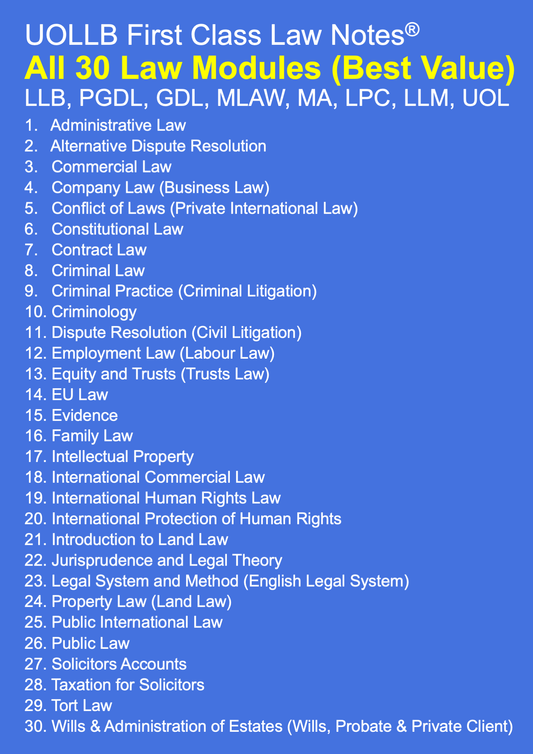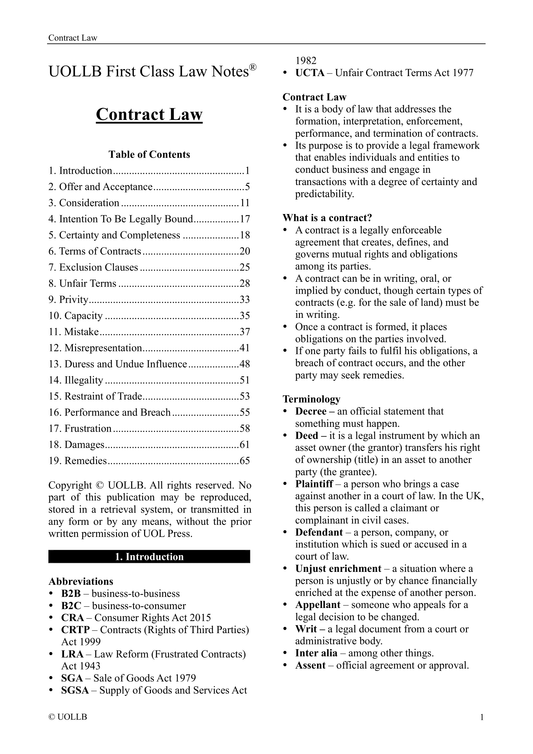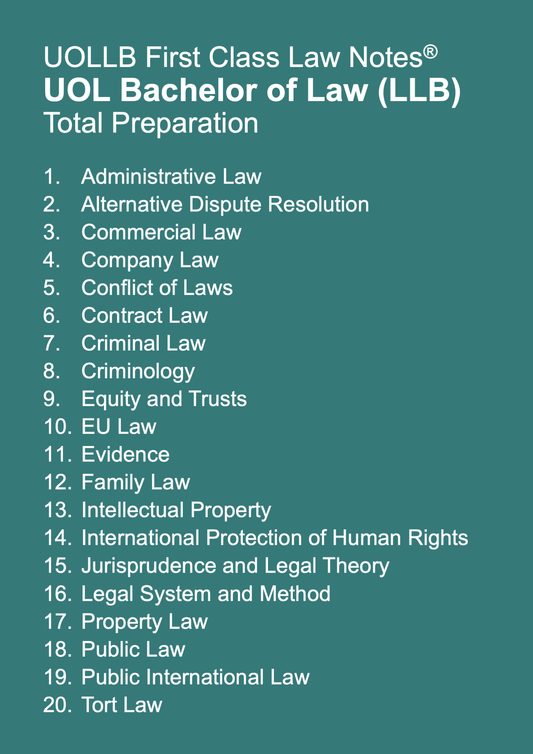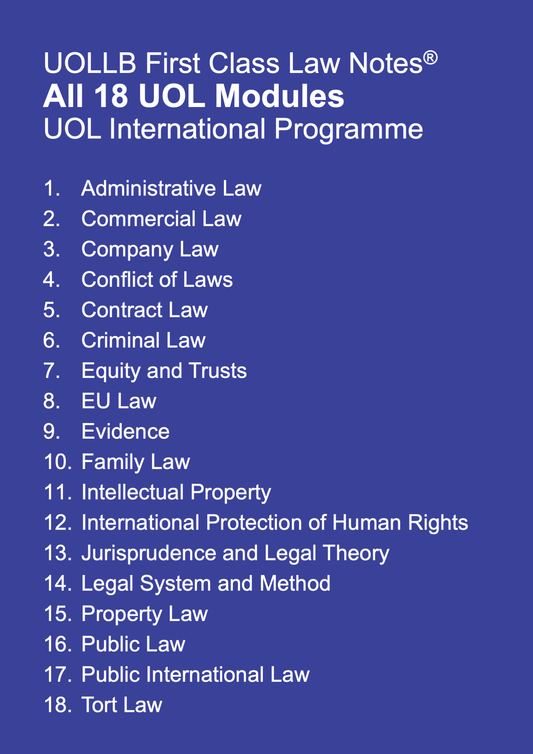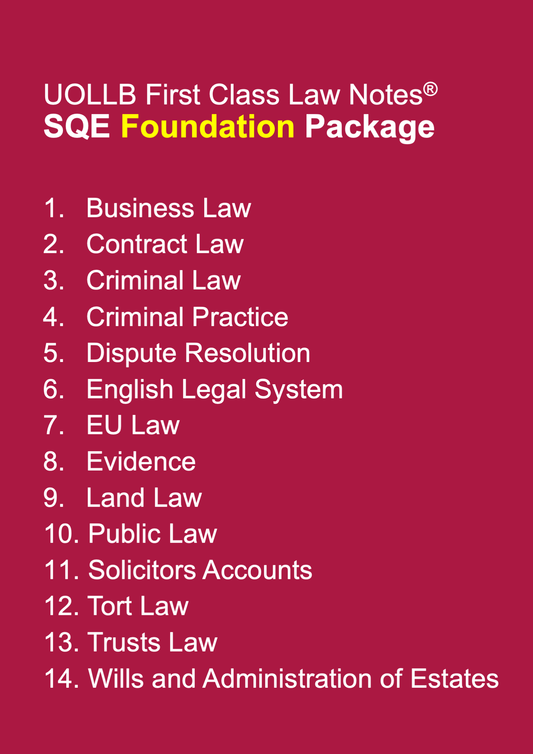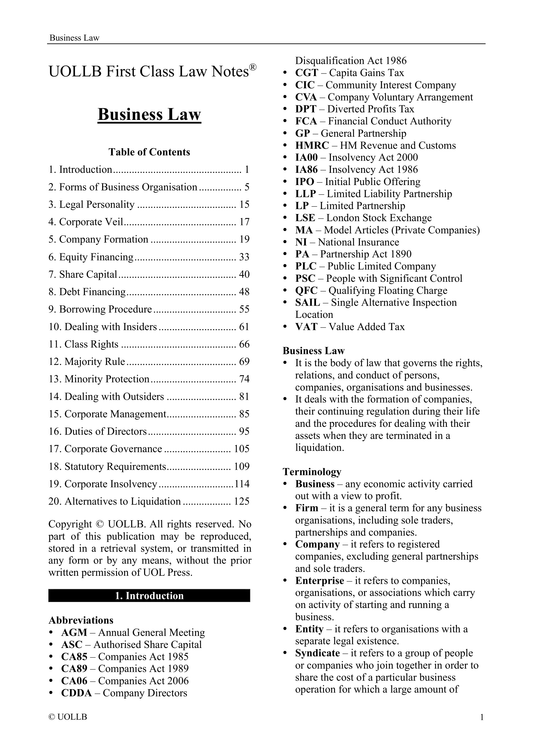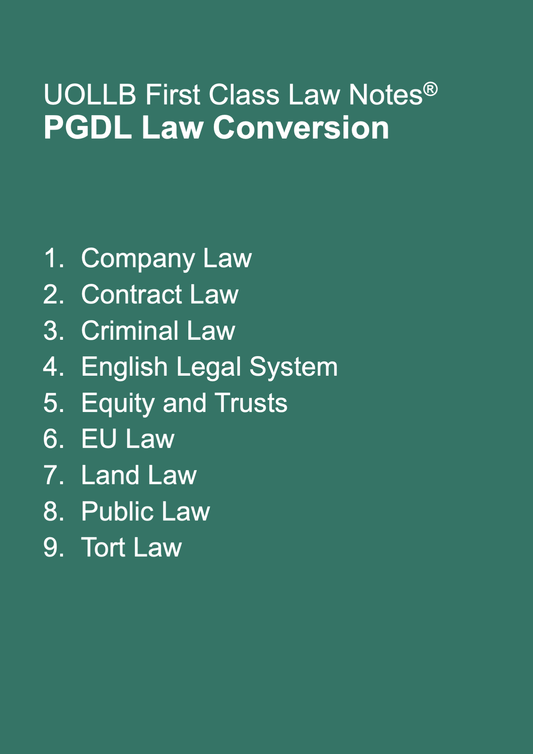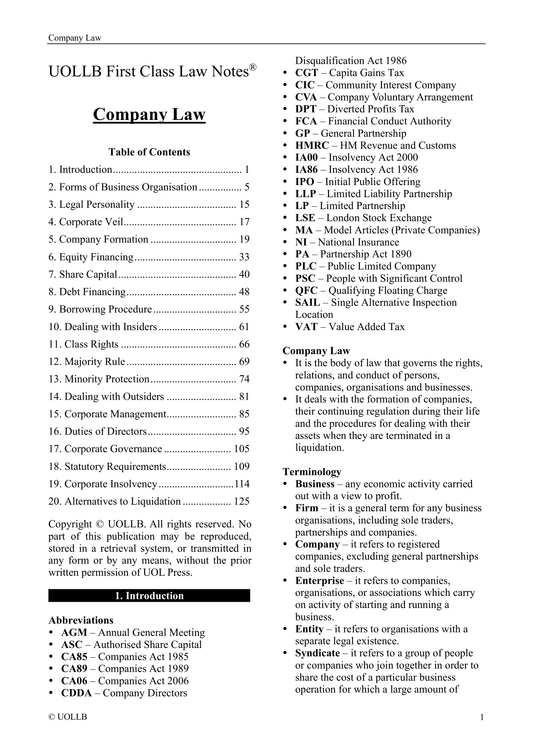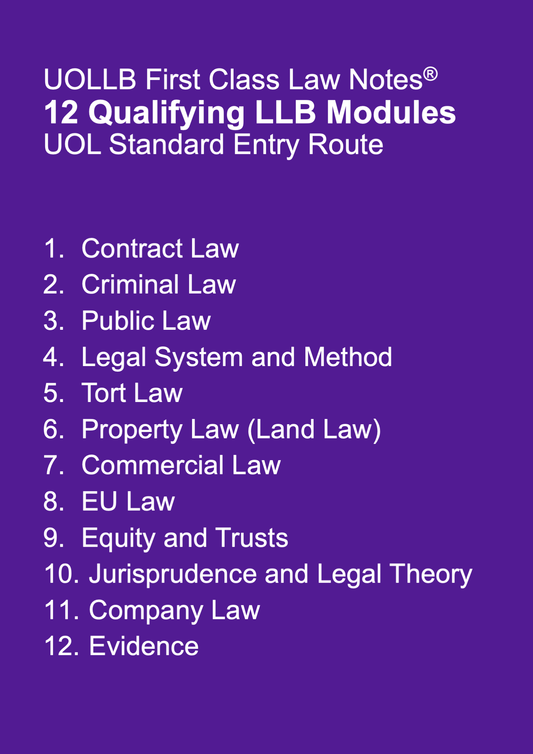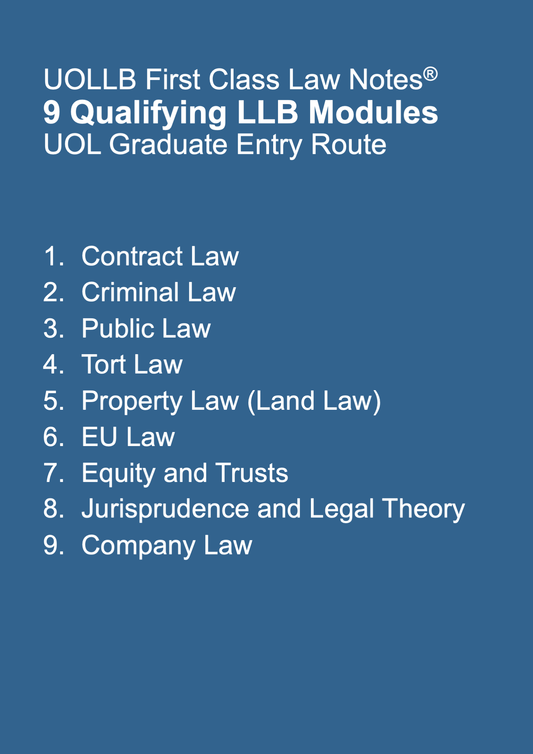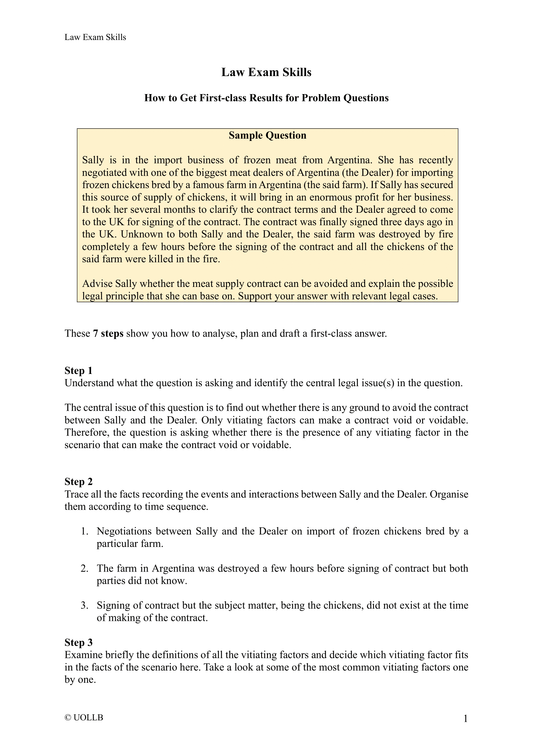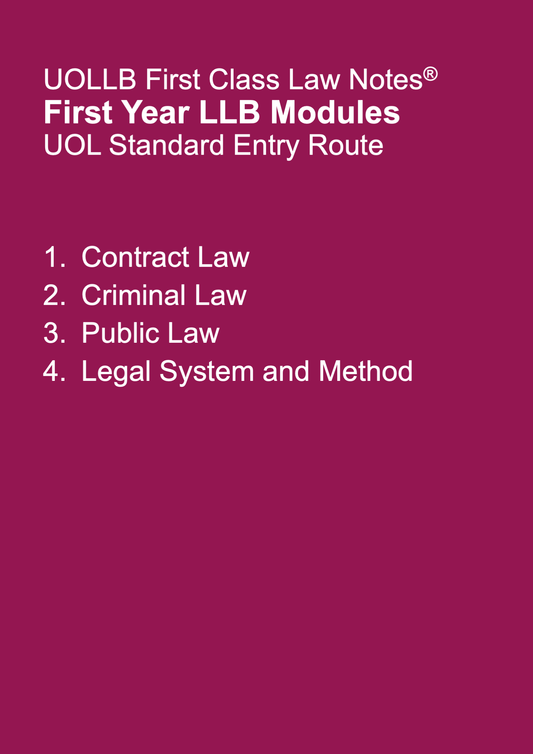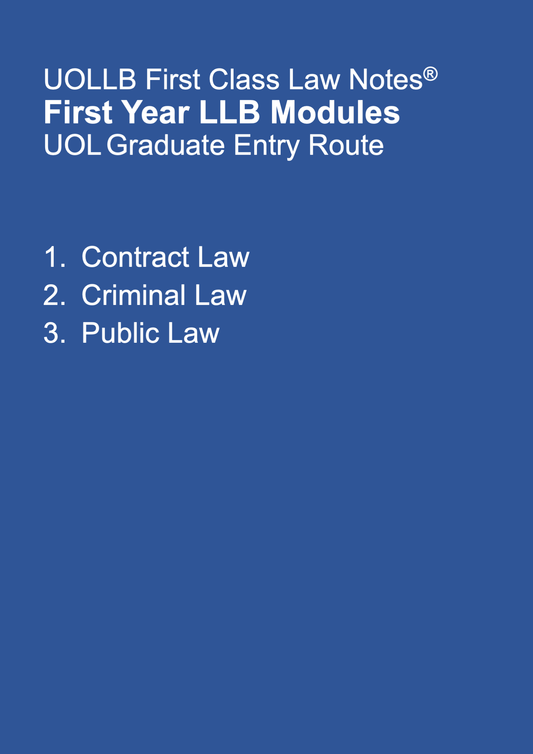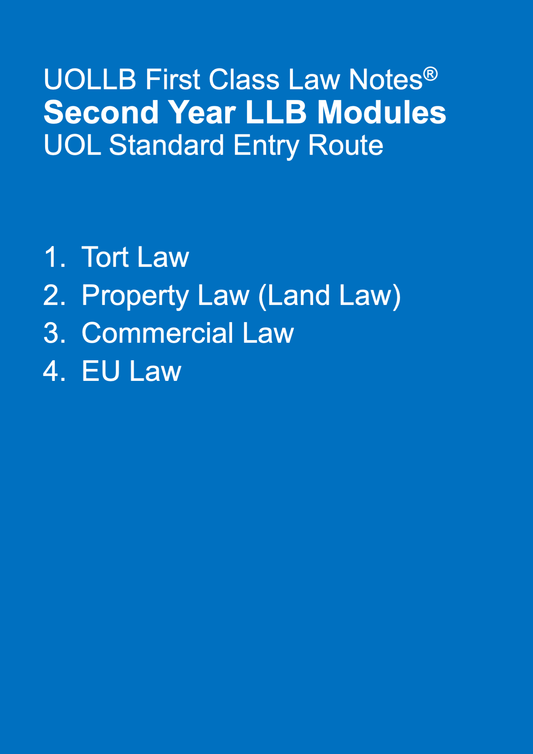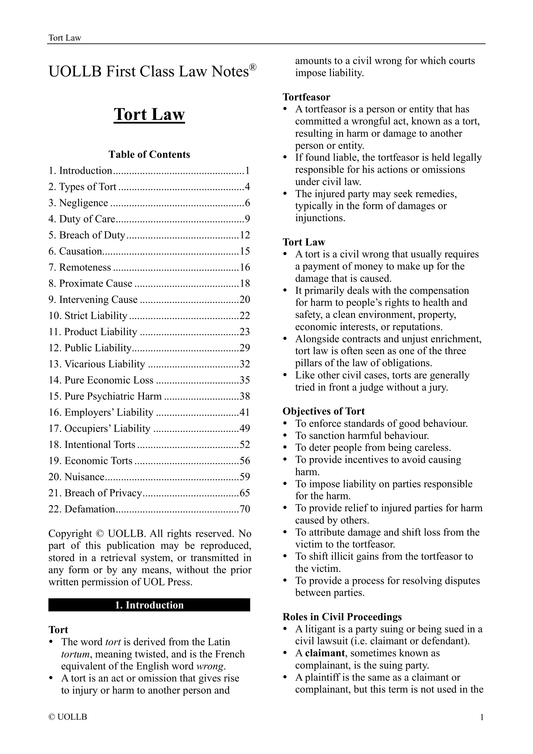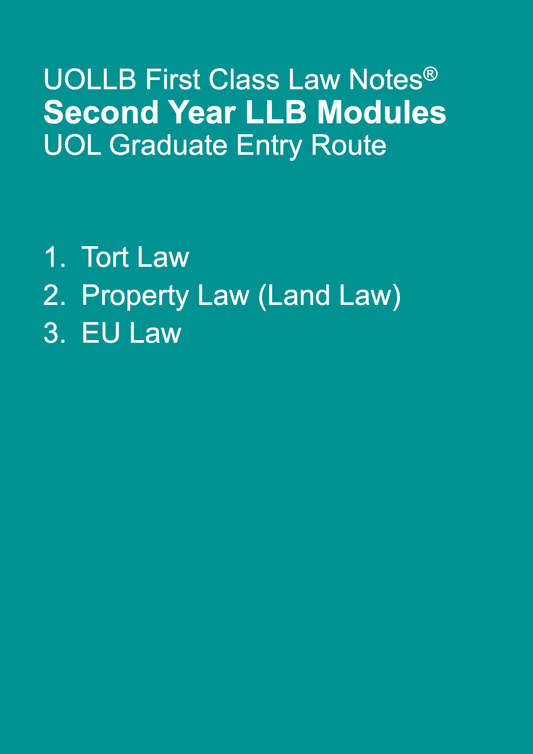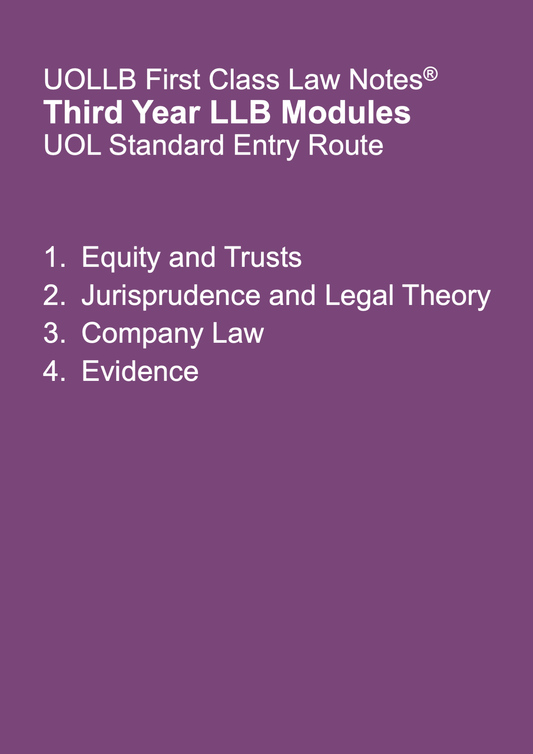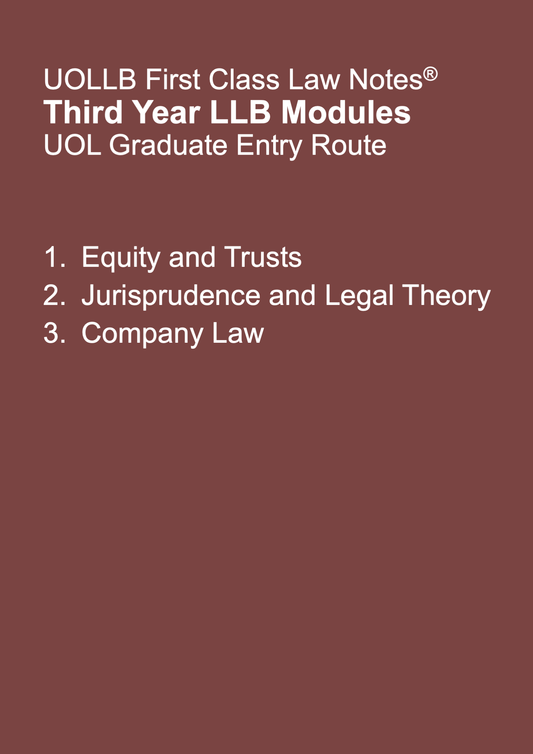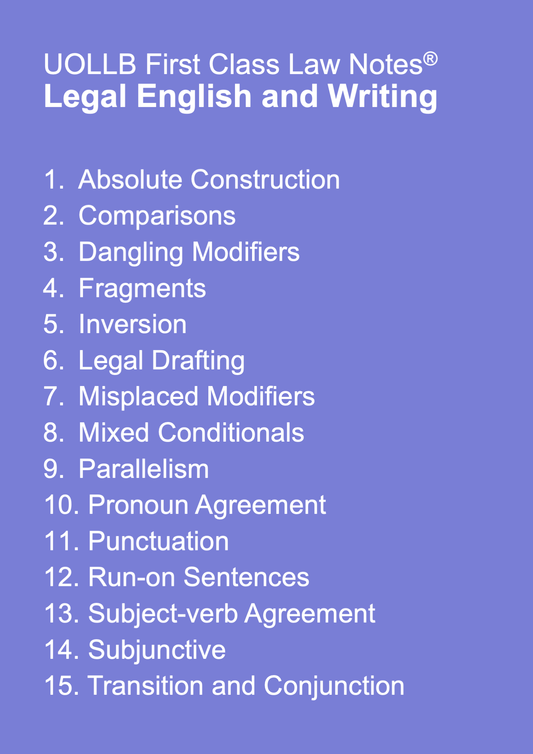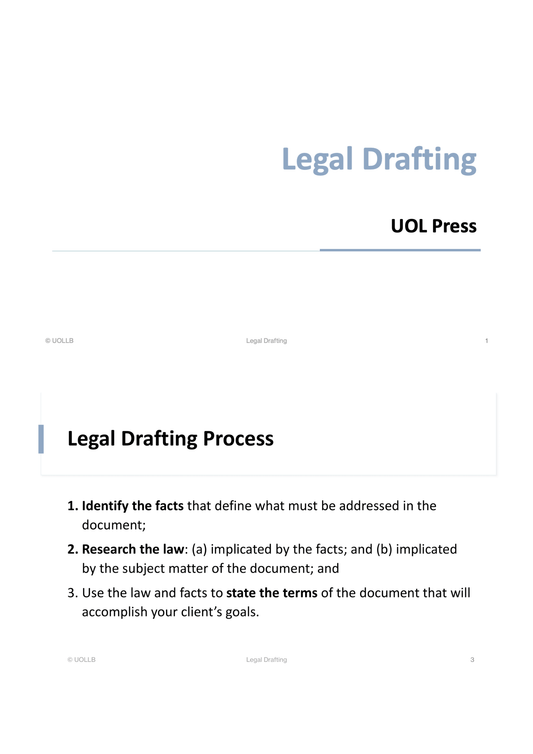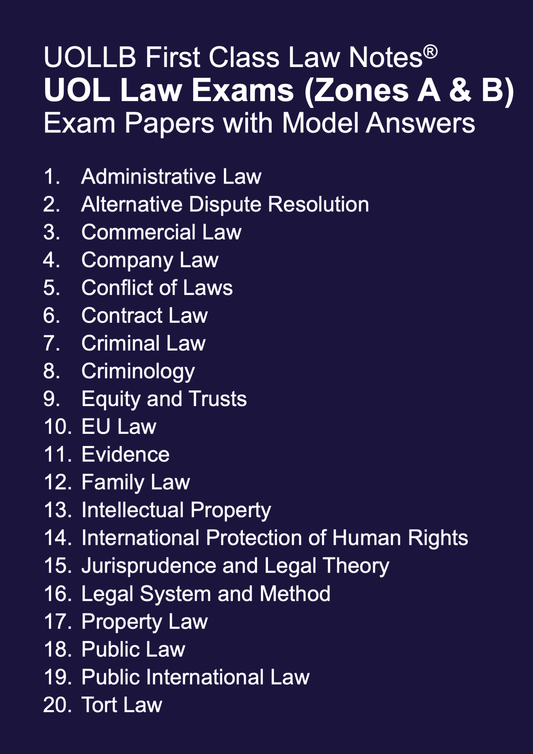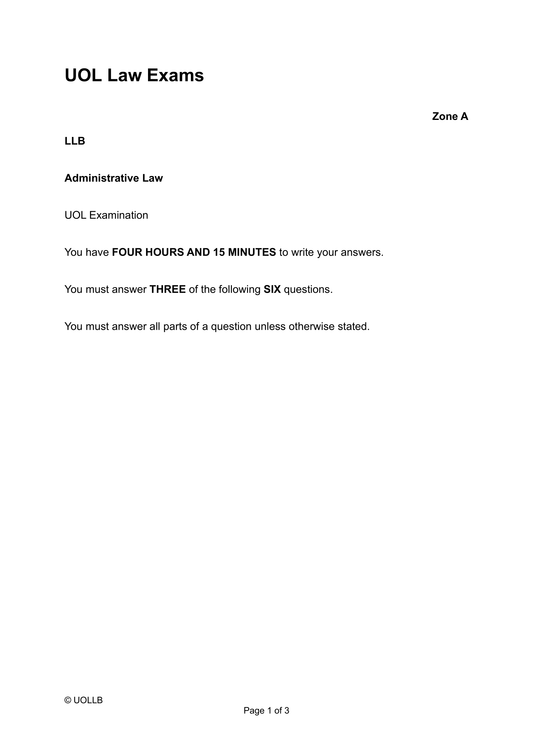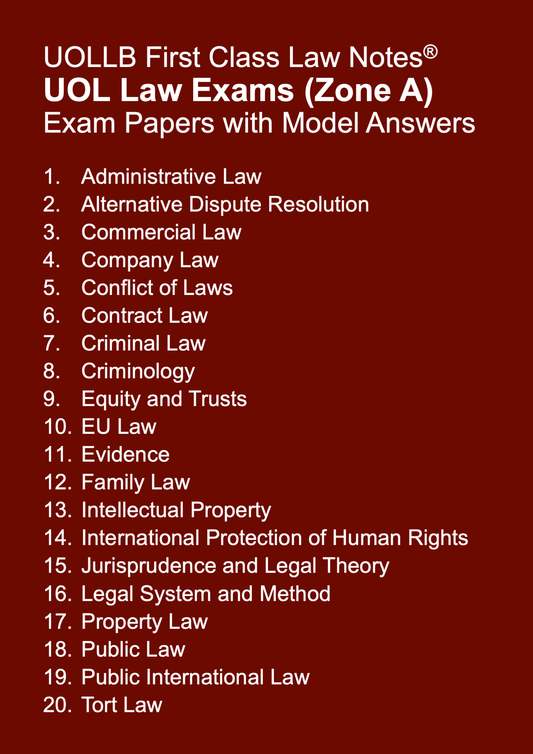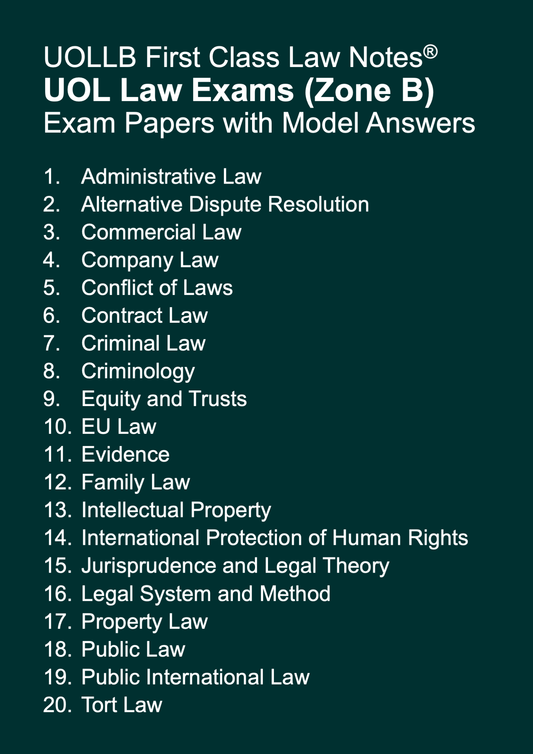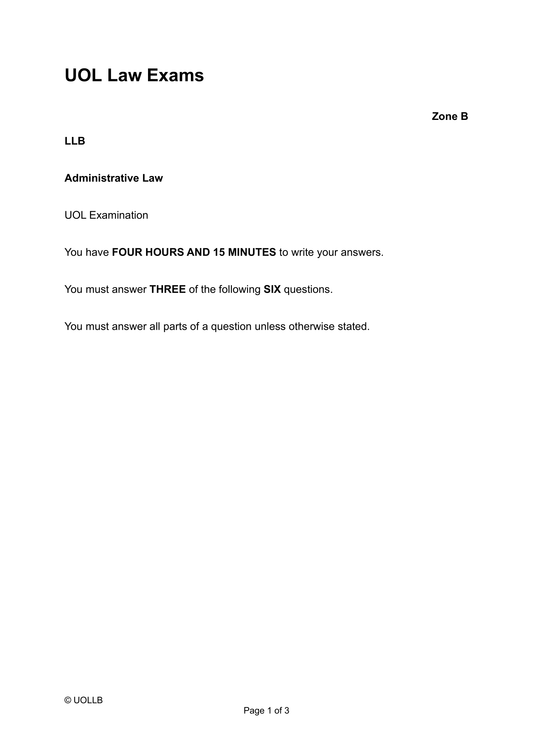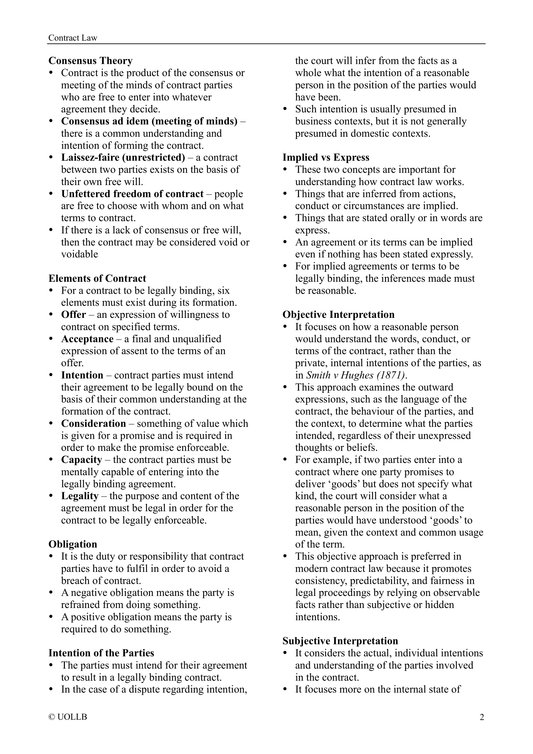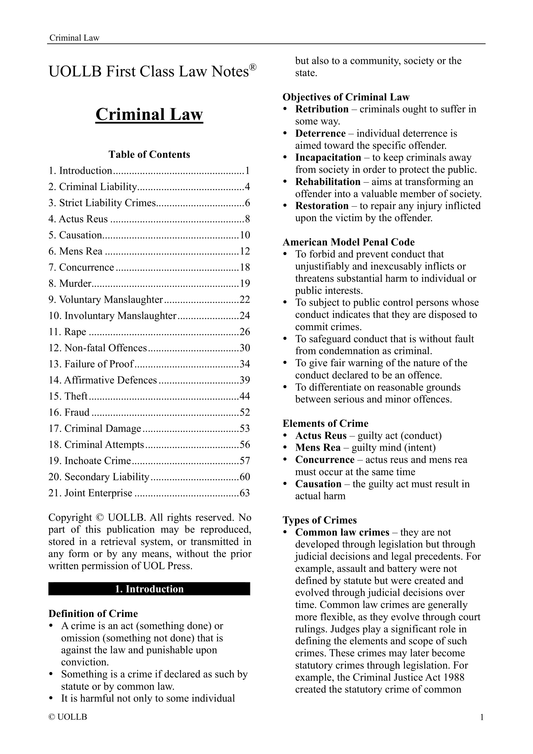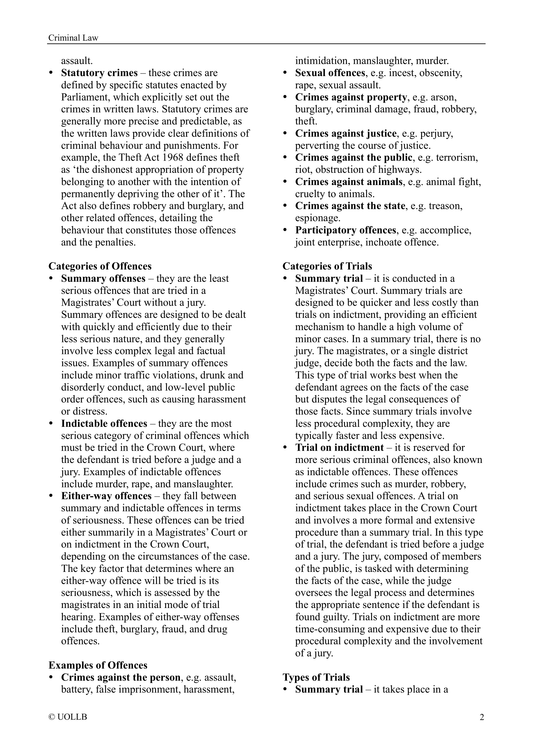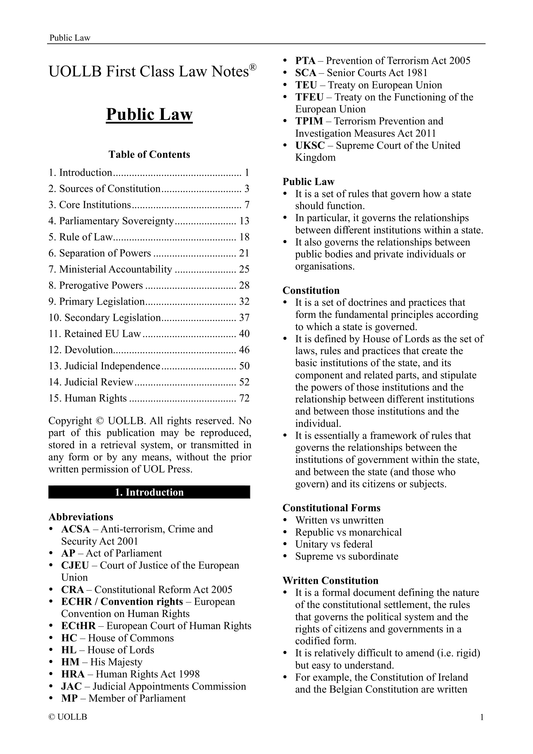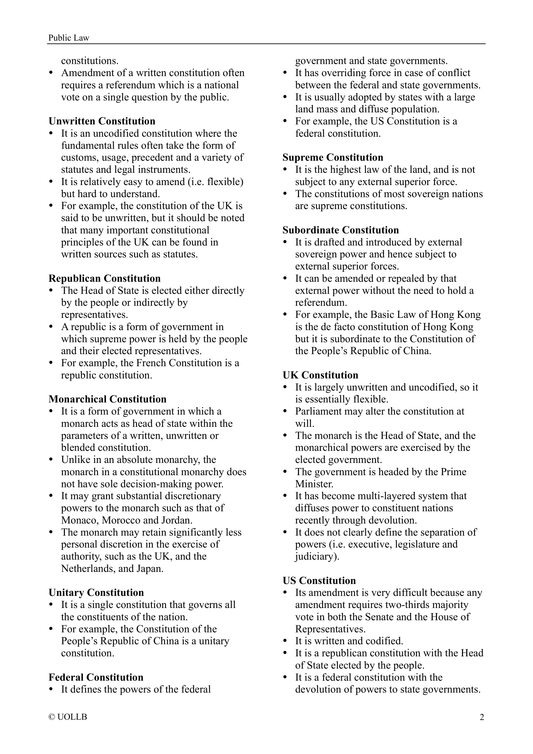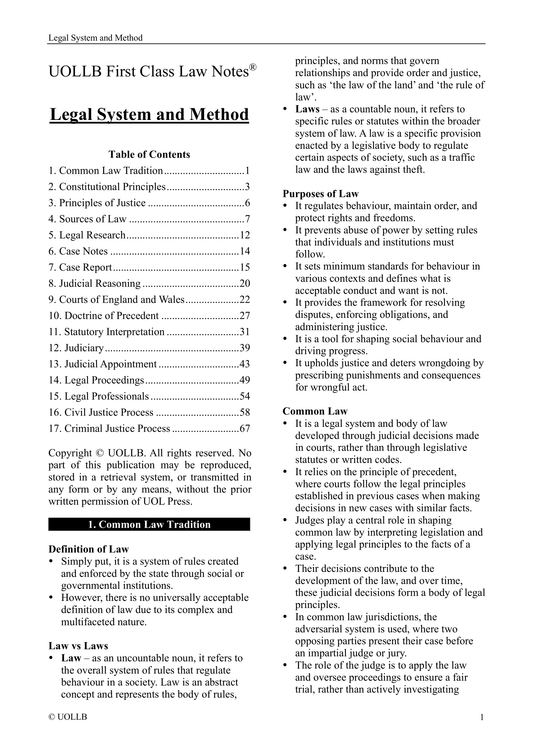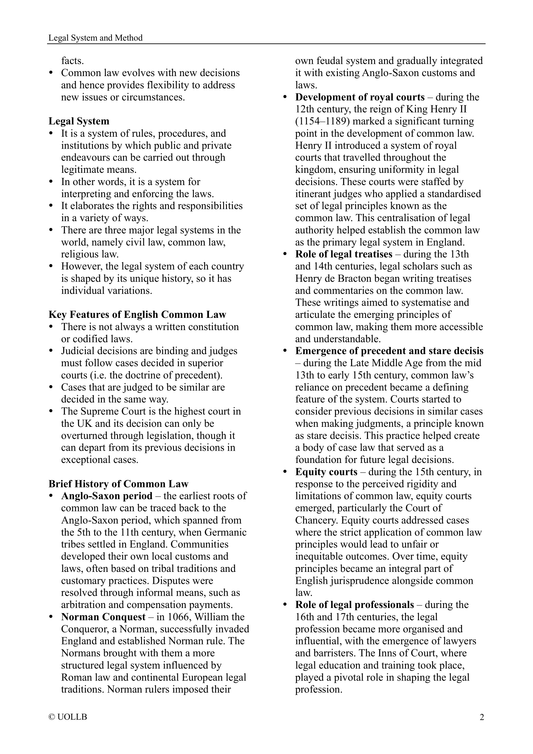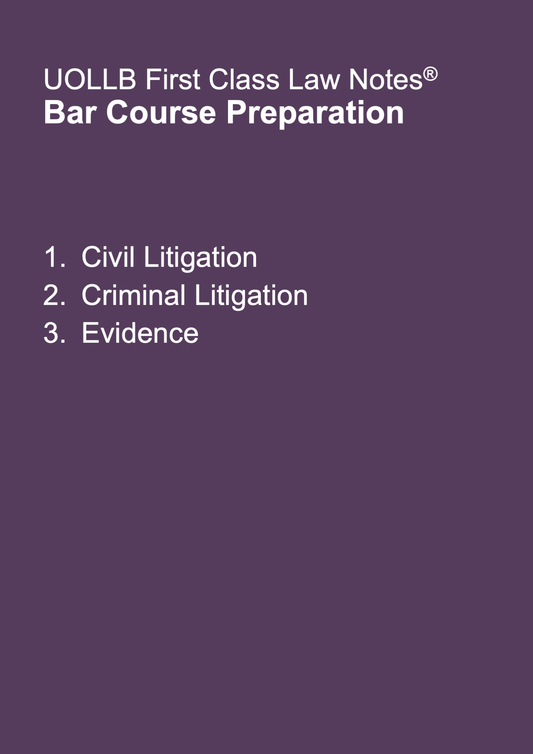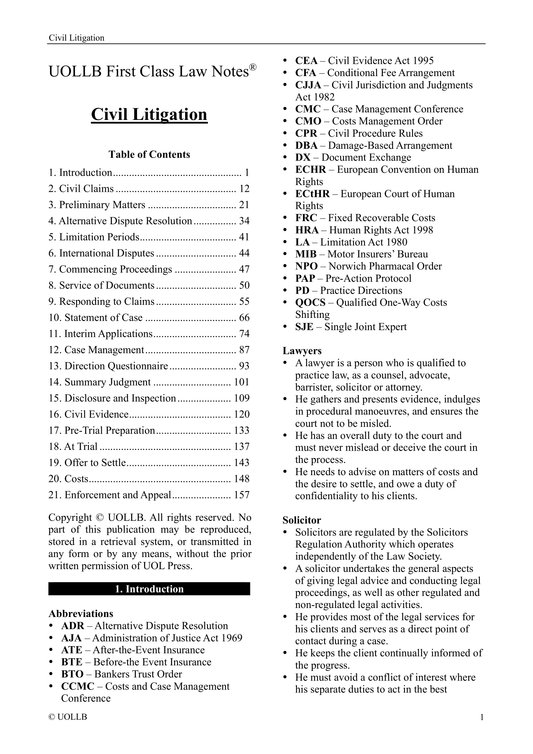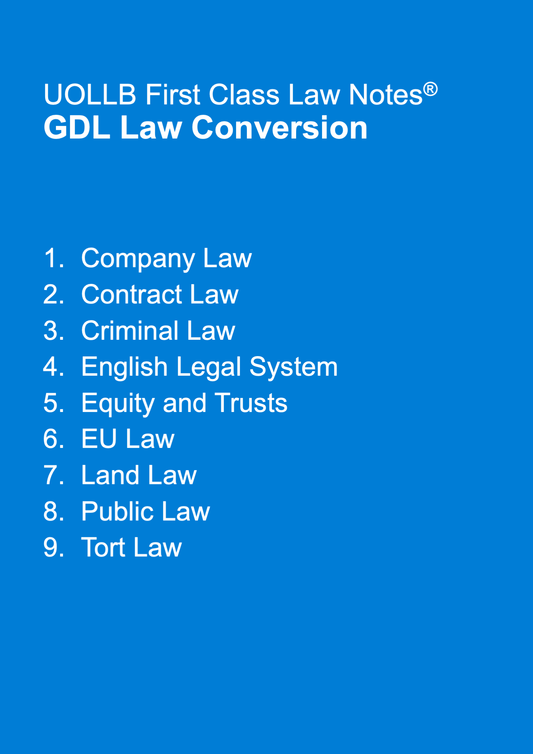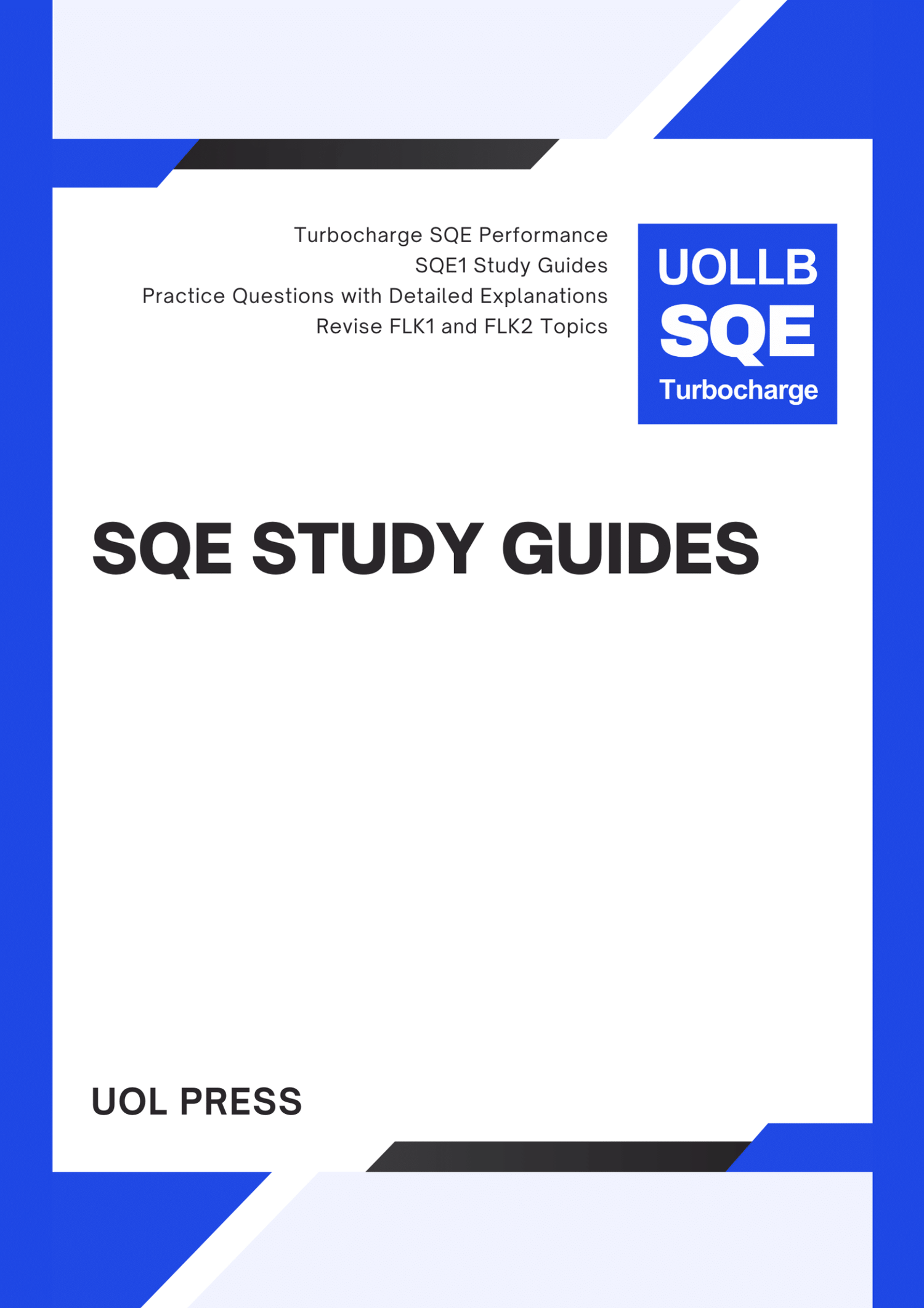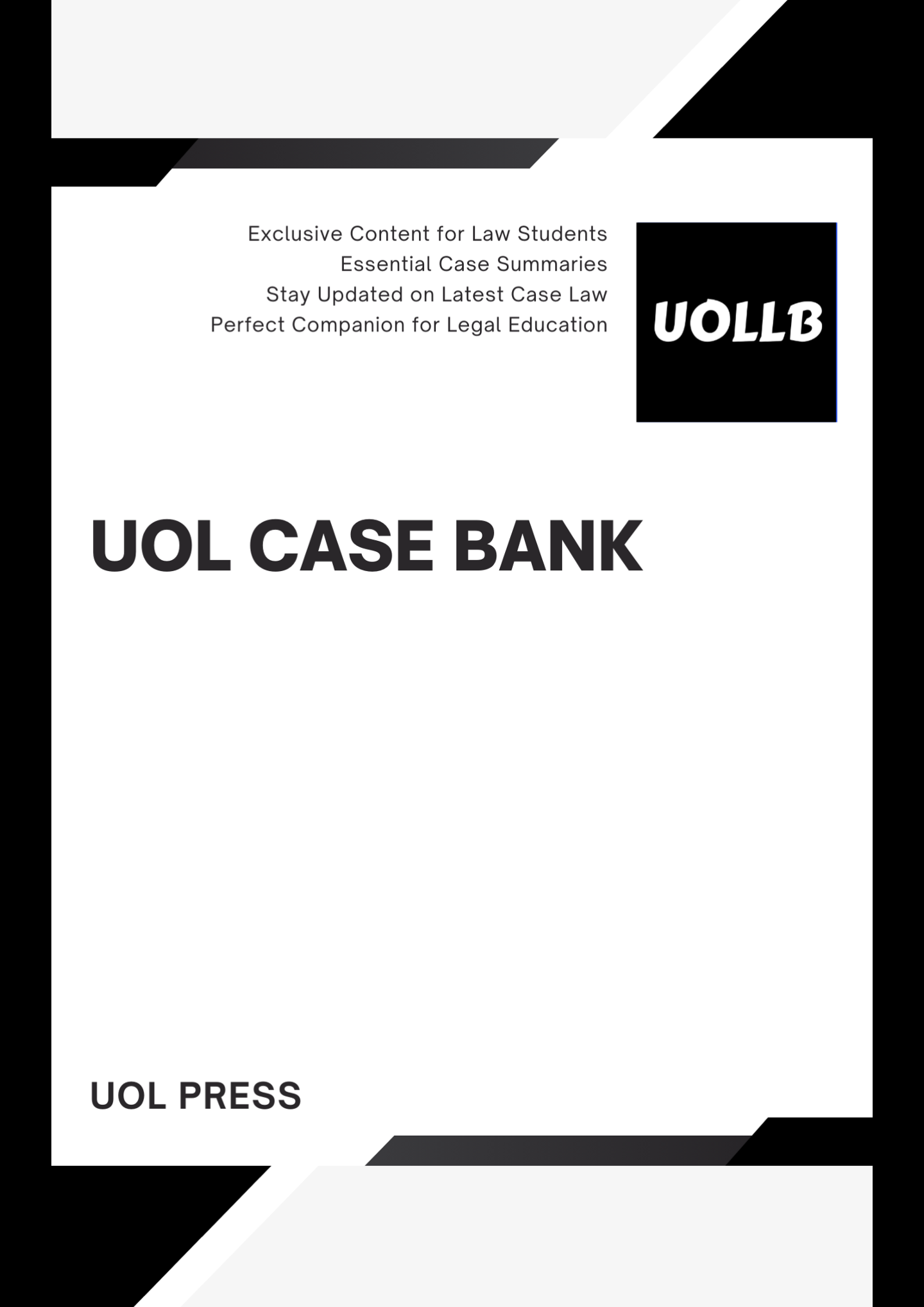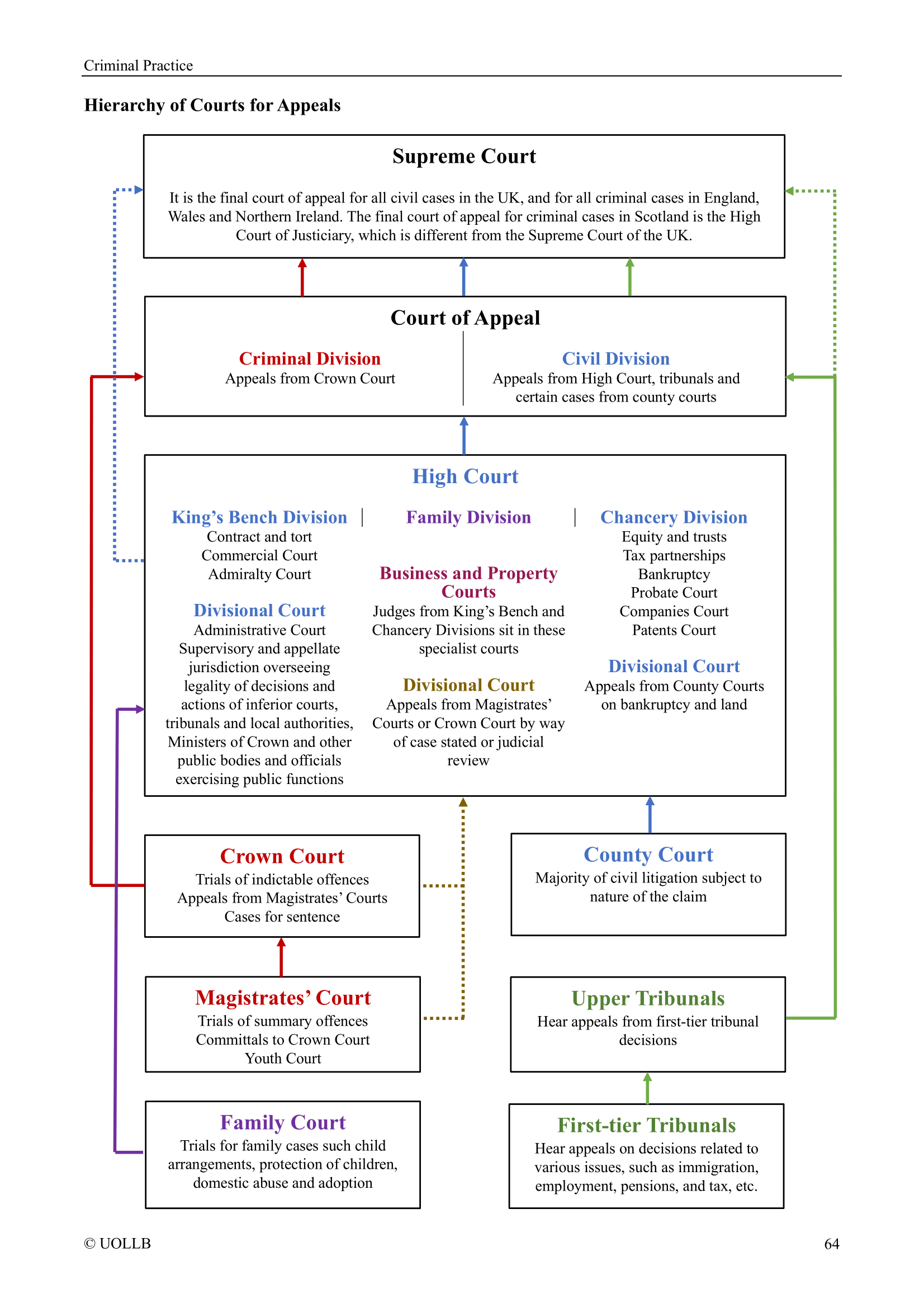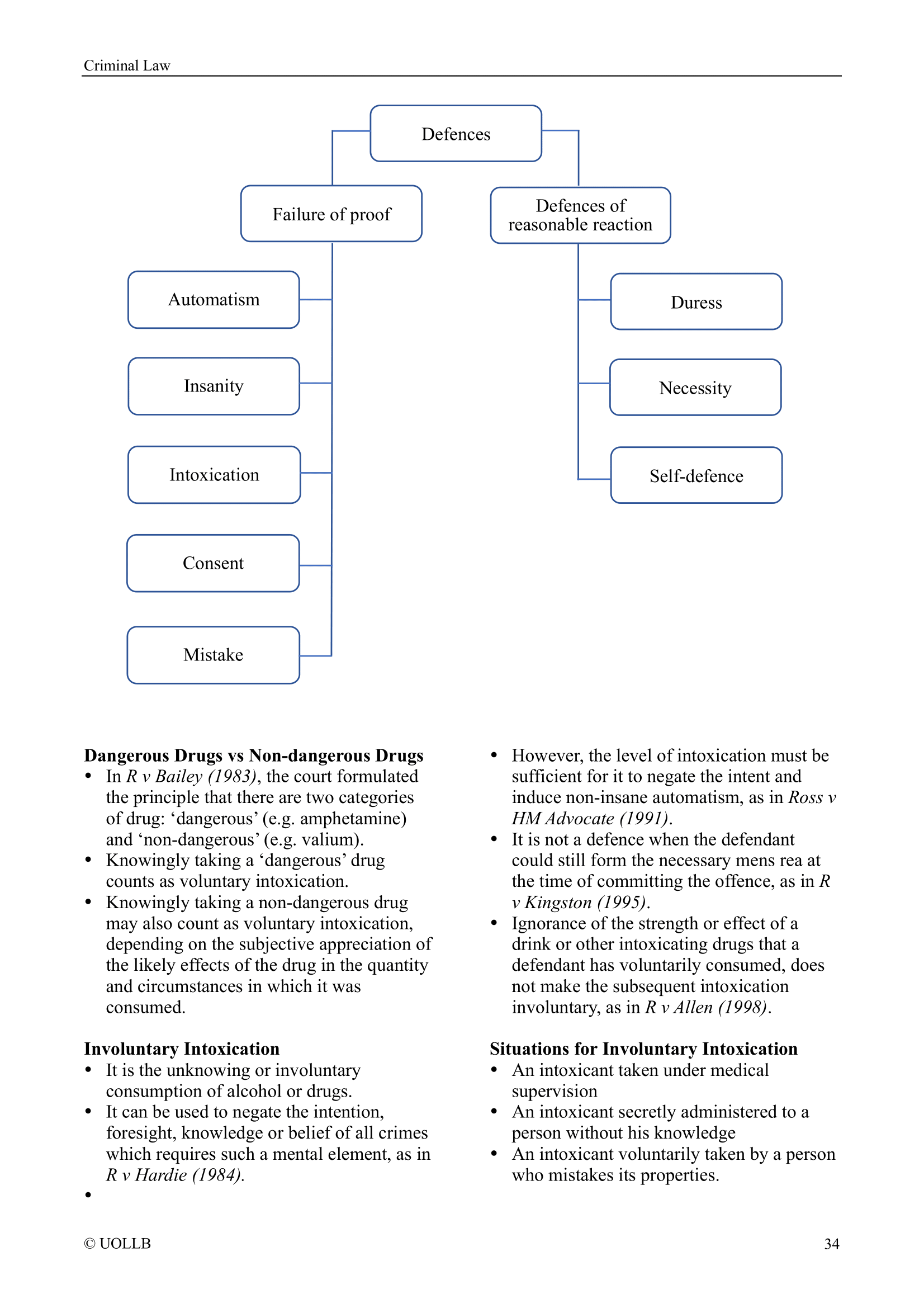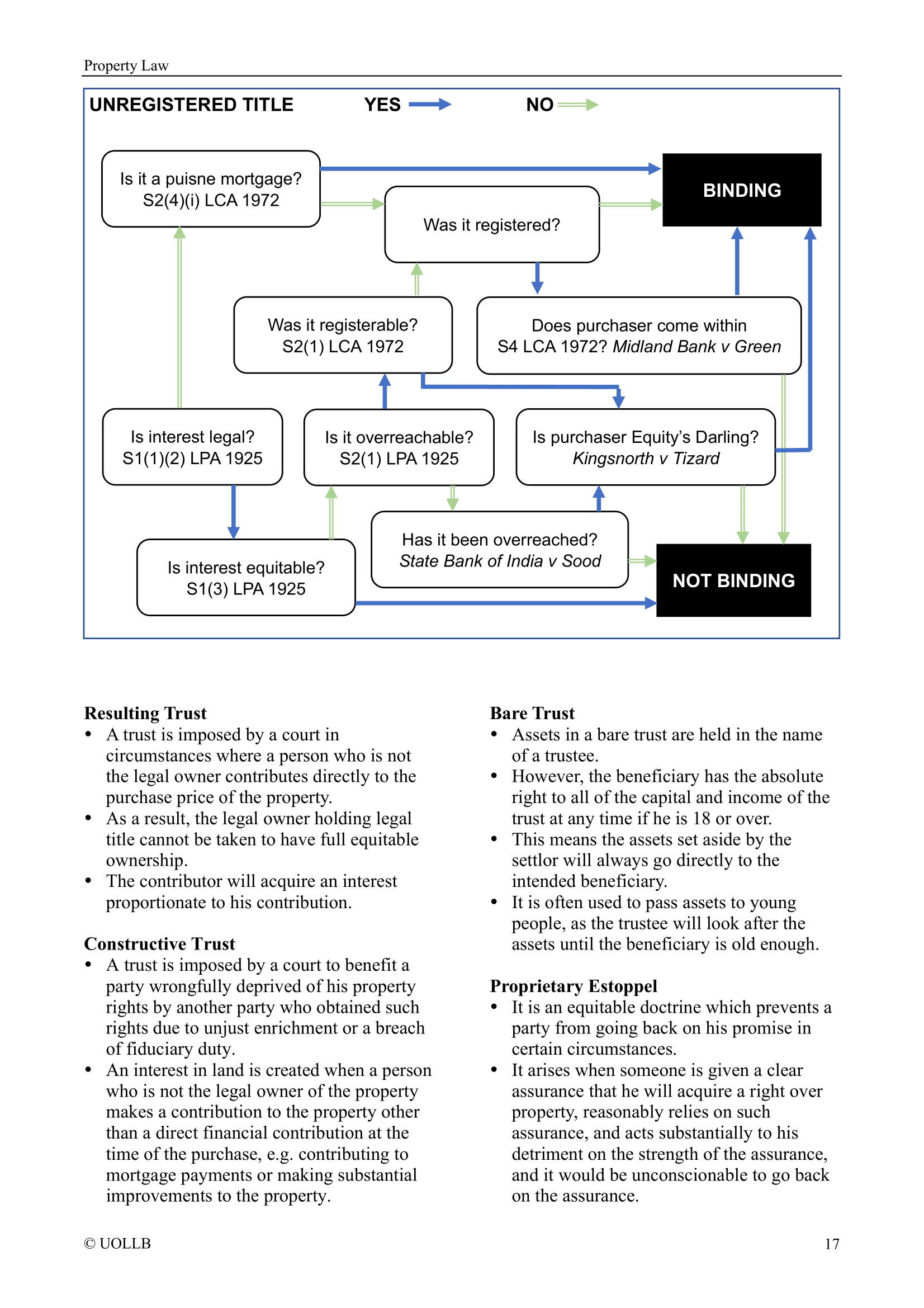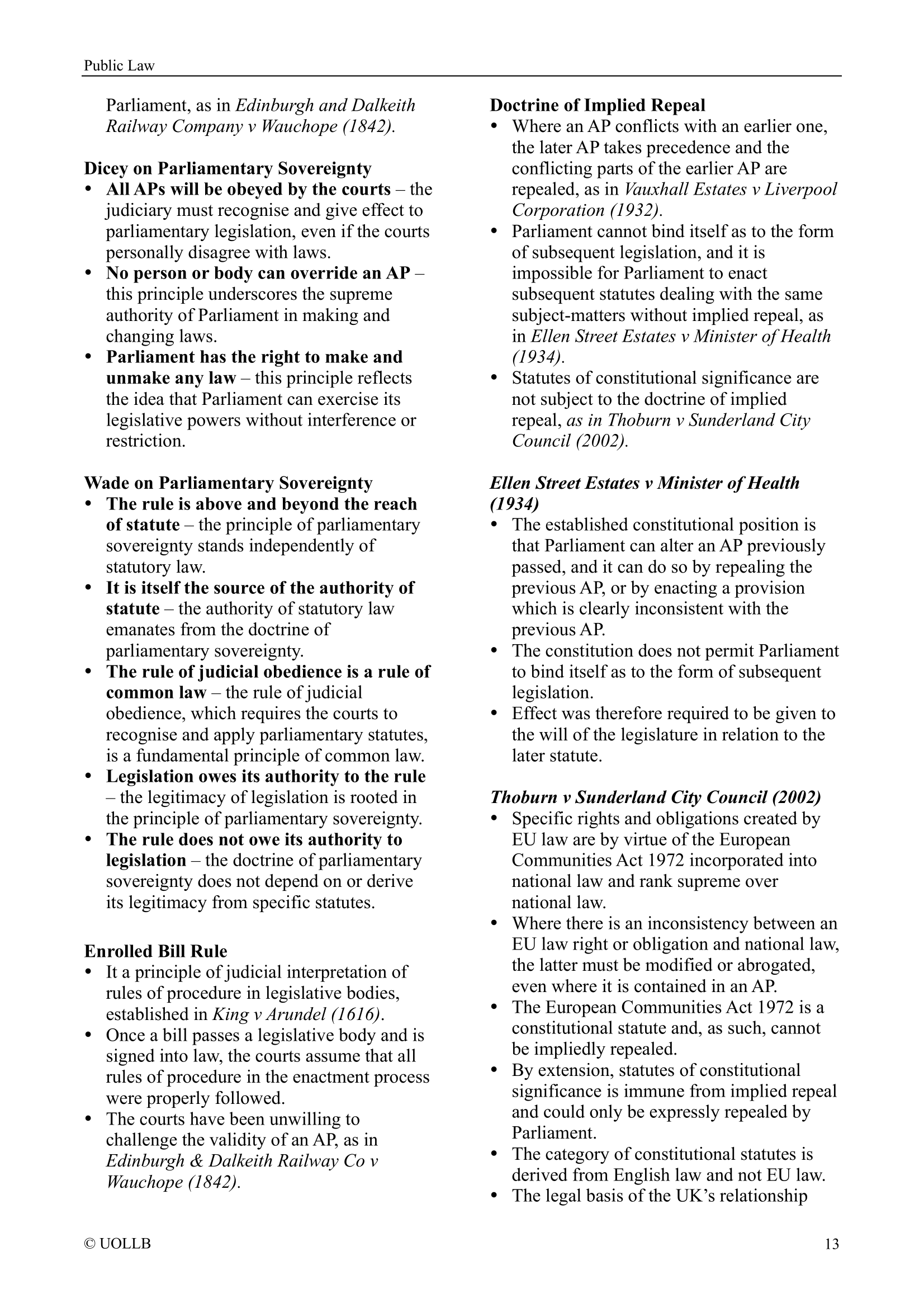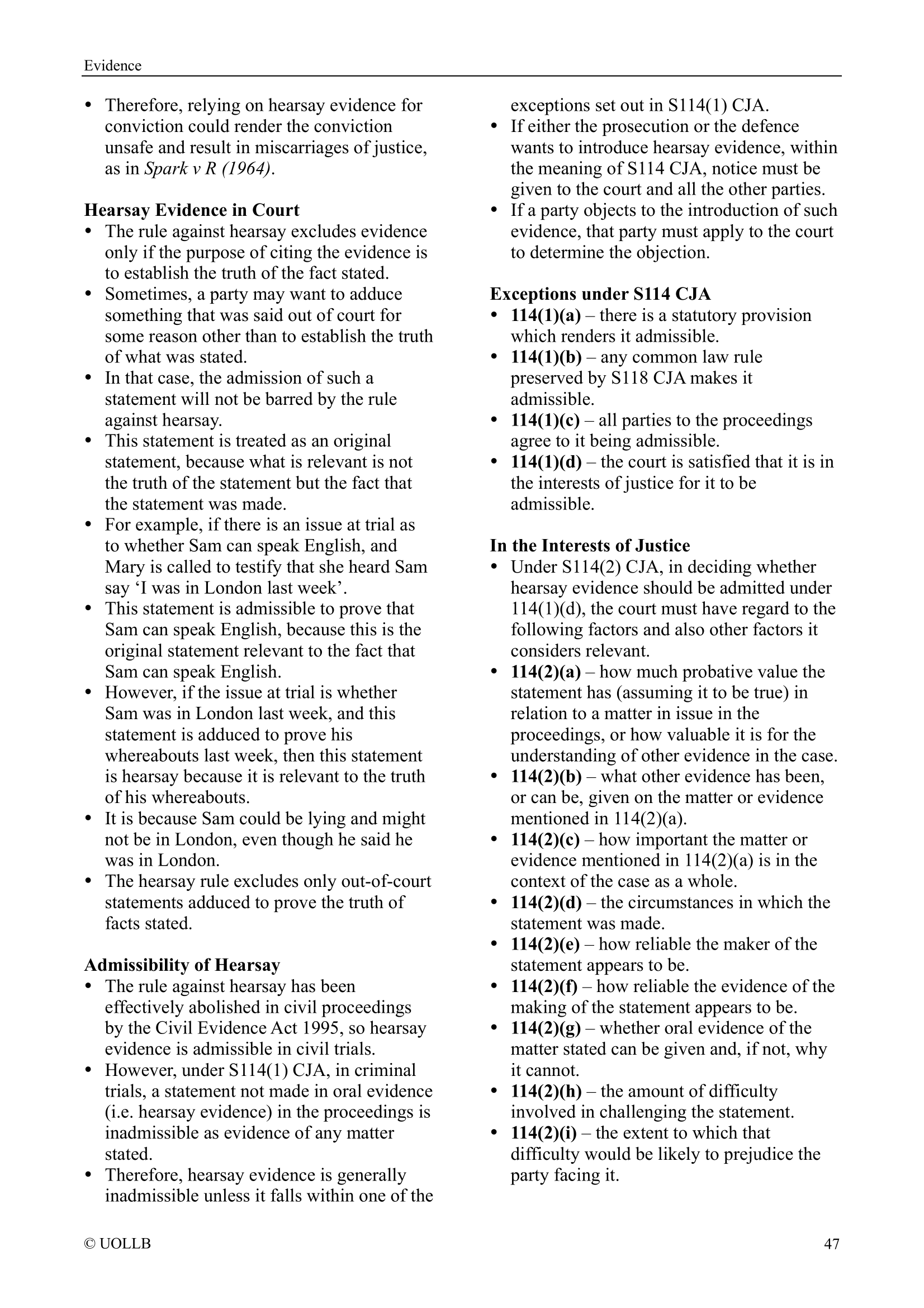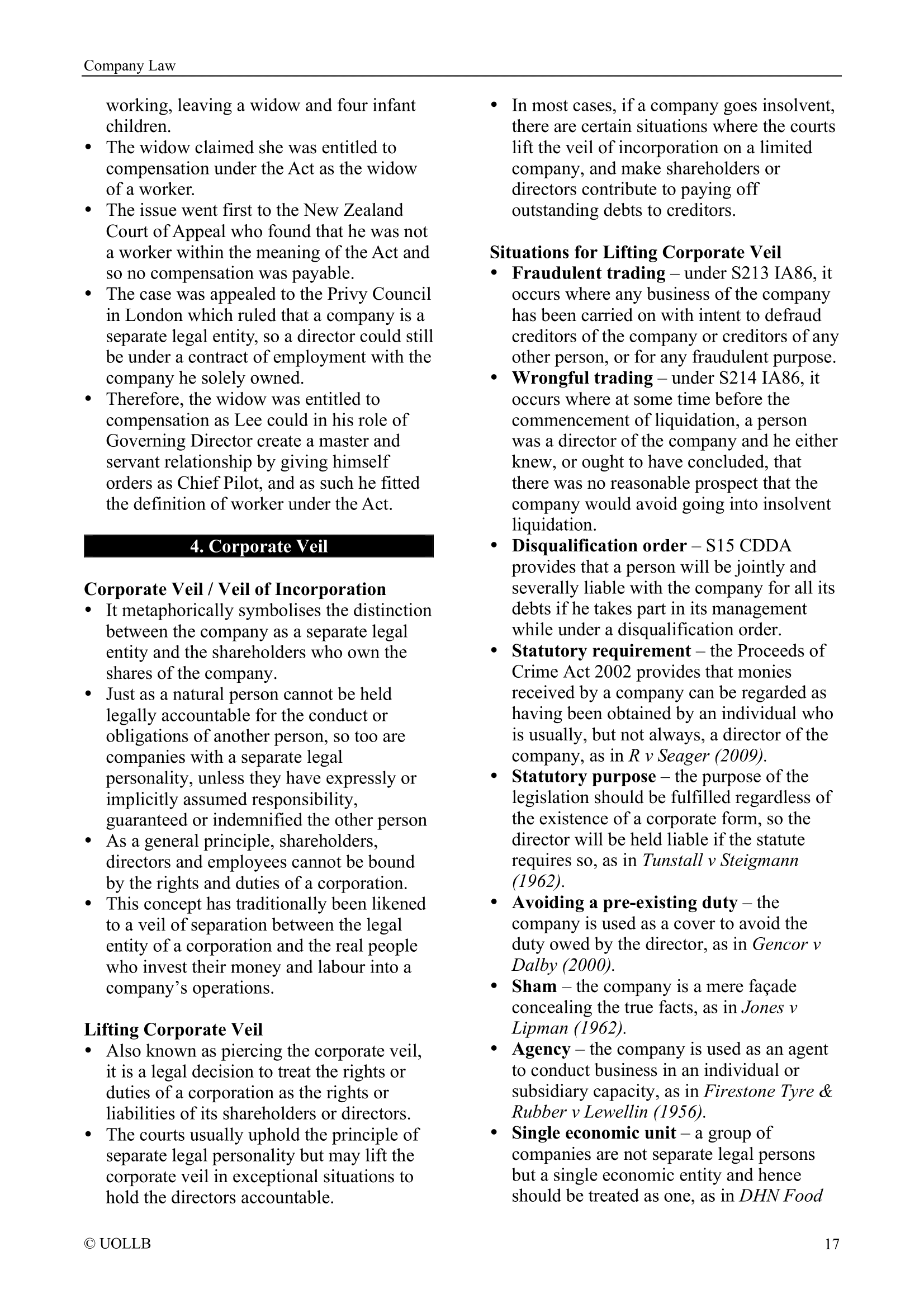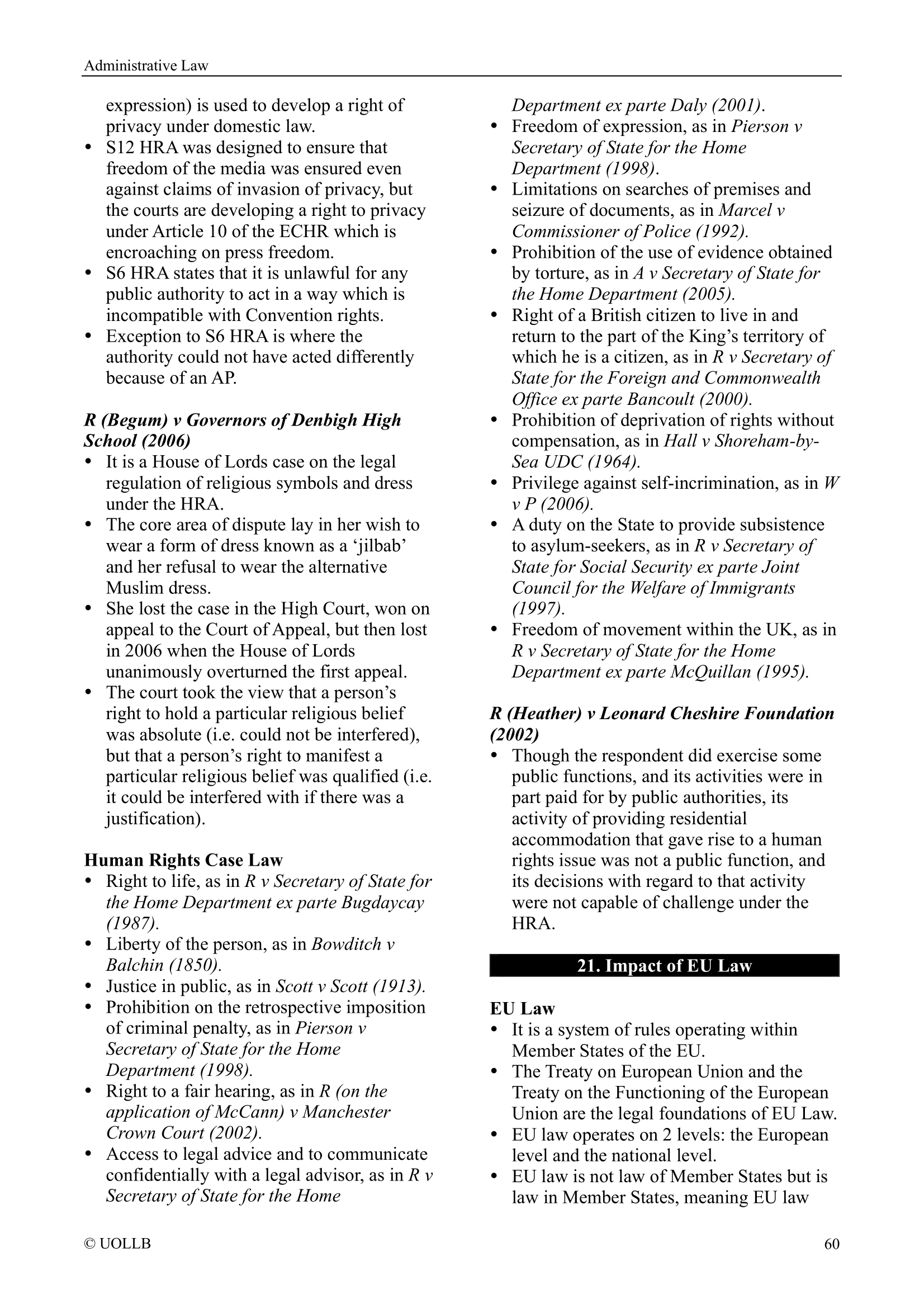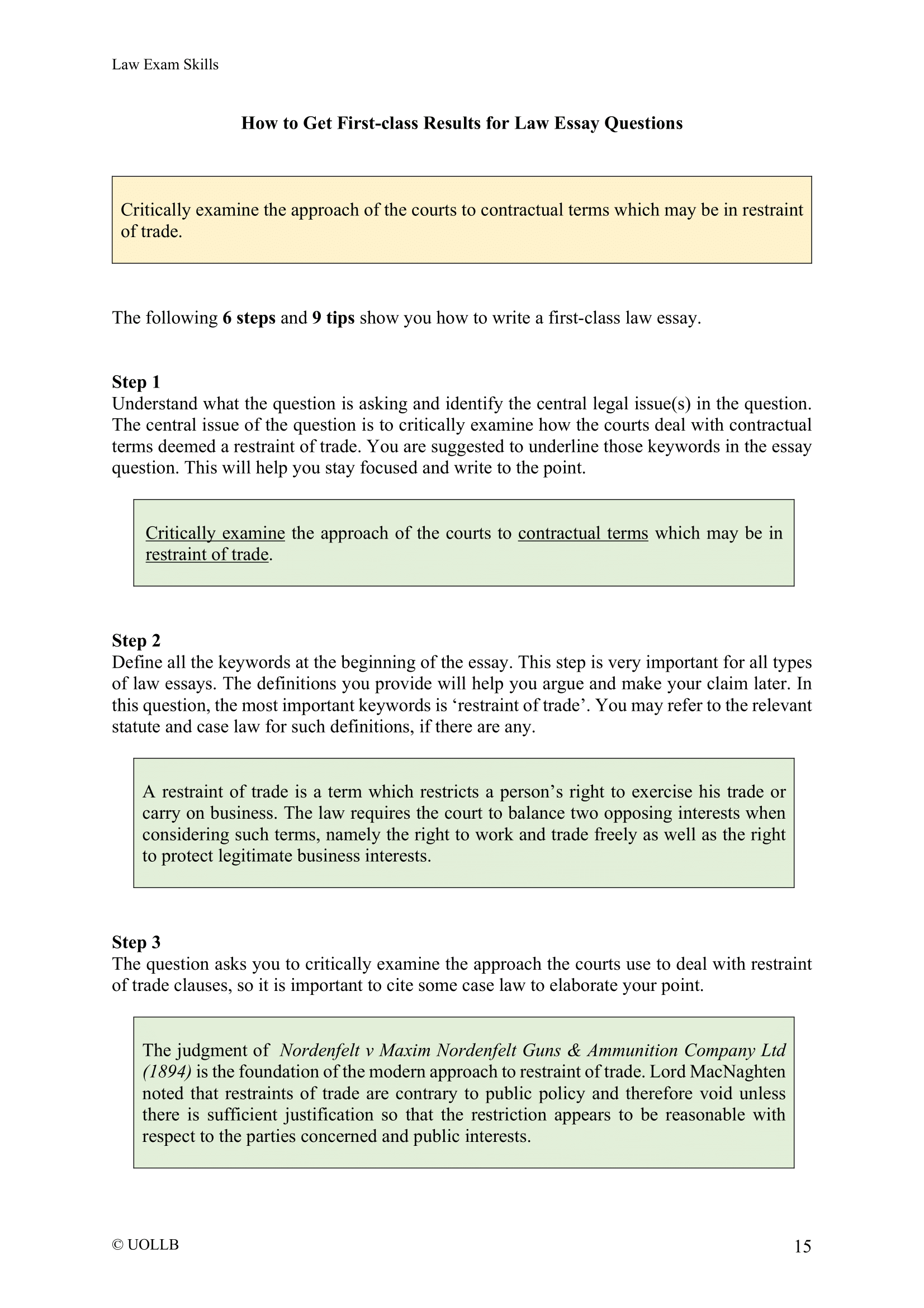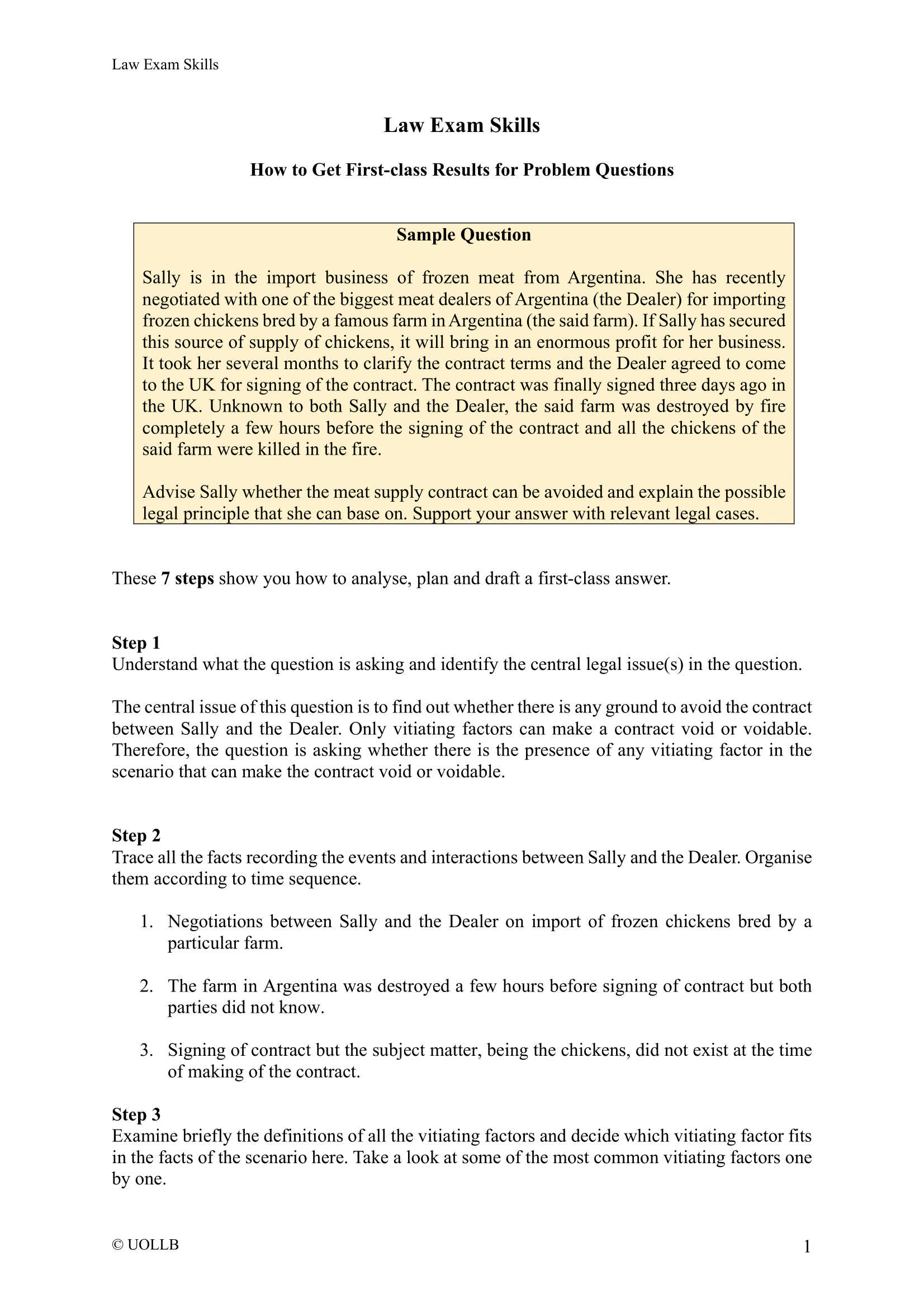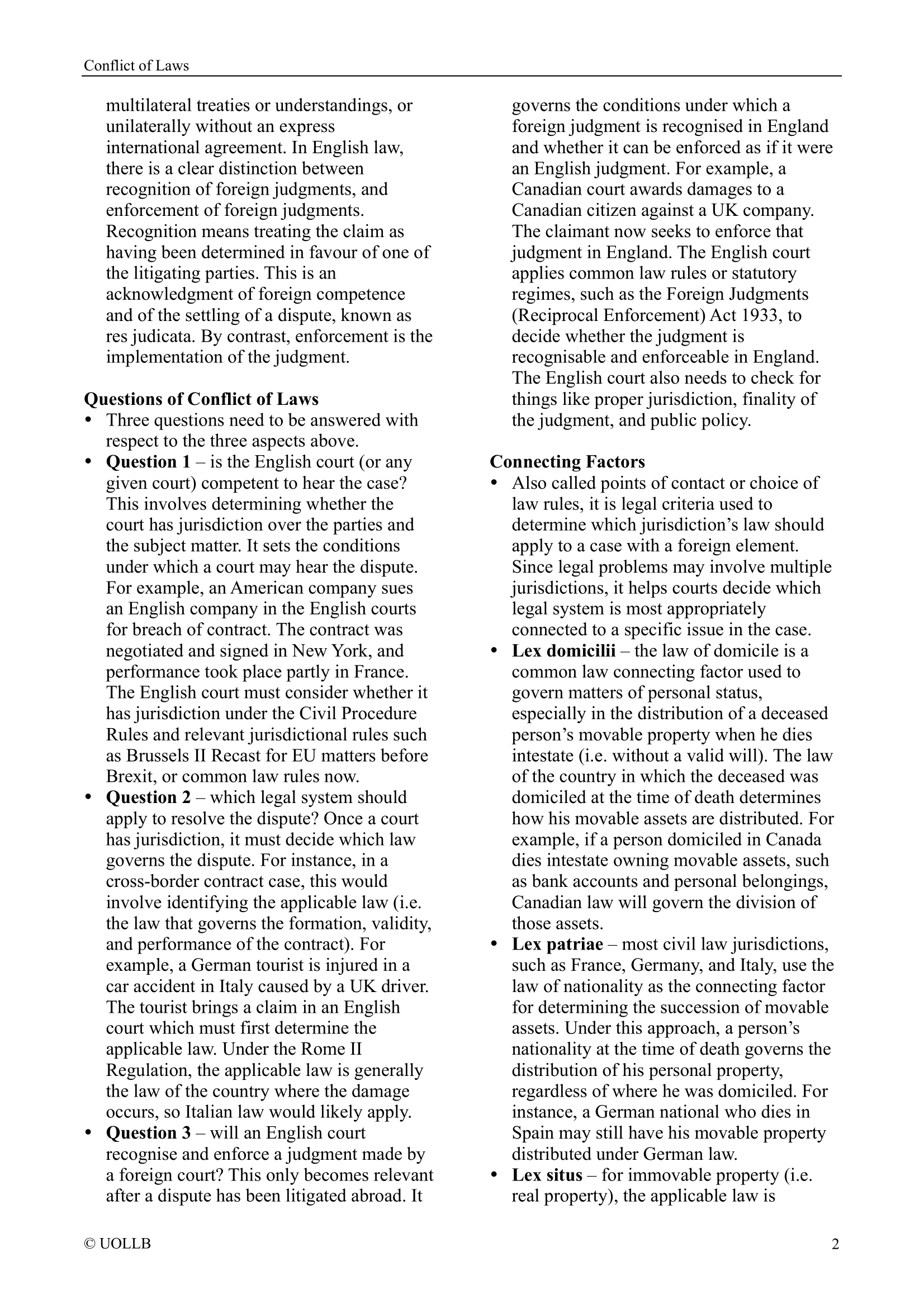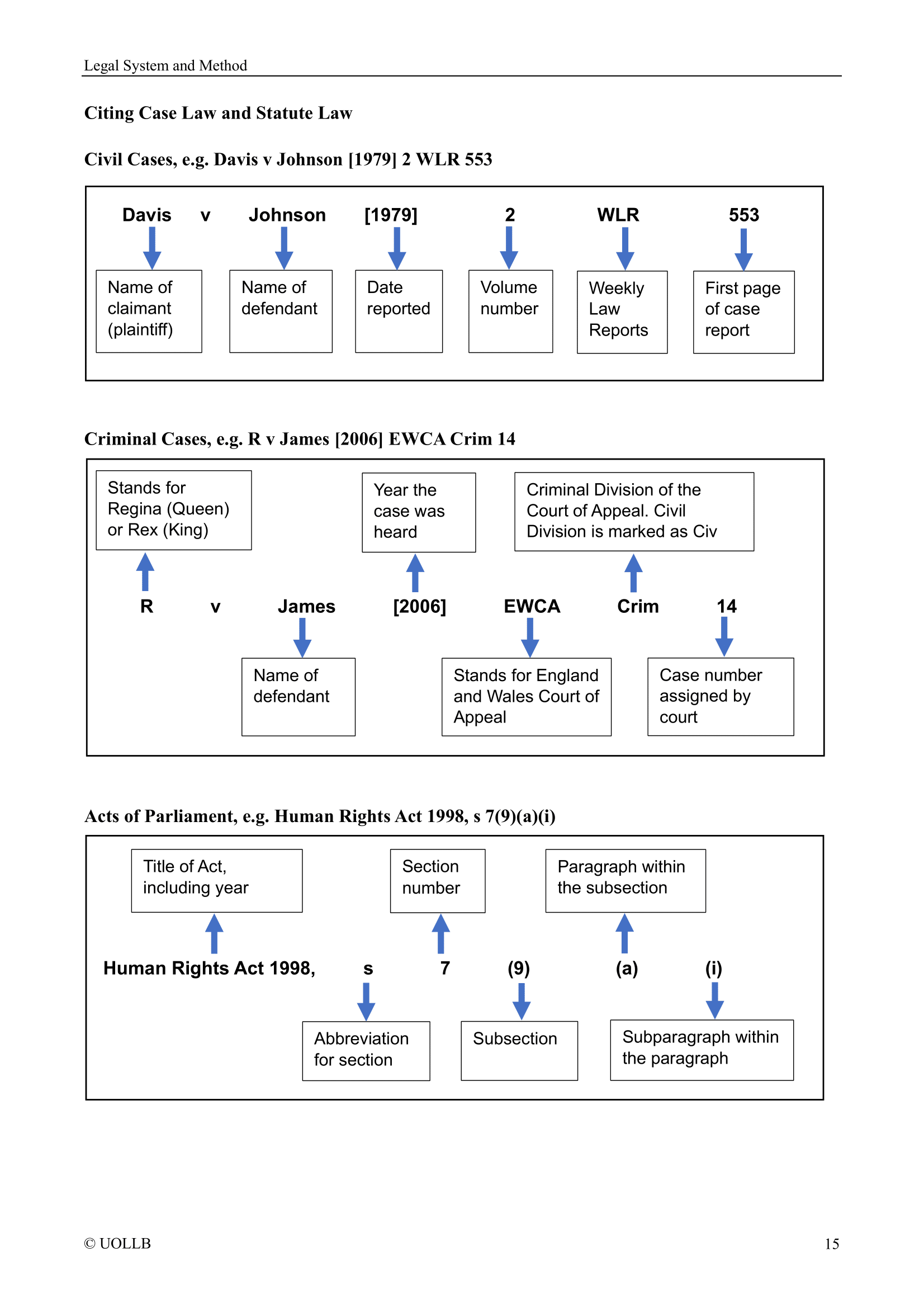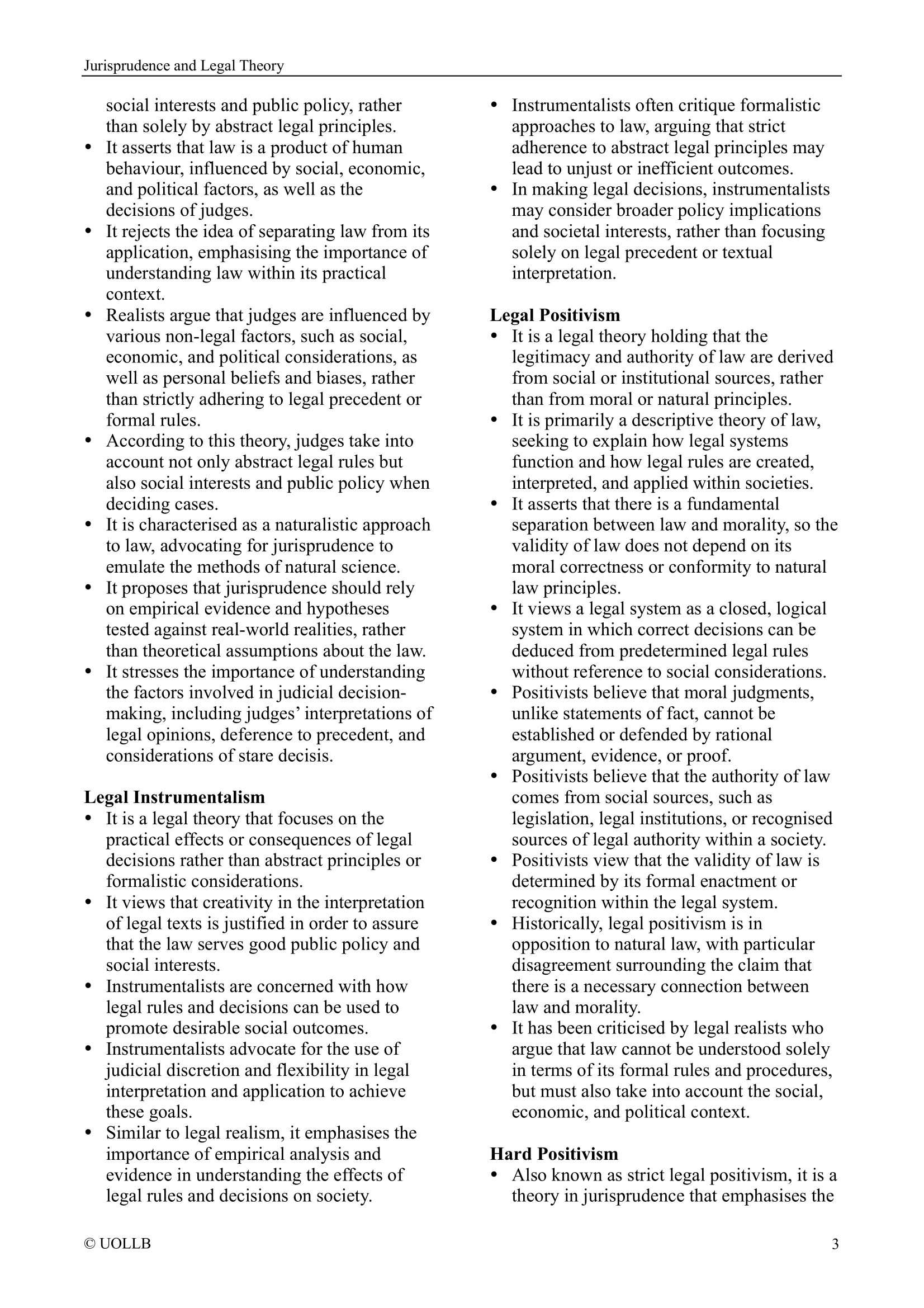Kent v Griffiths [2000]
Share
Kent v Griffiths [2000] 2 All ER 474 is a landmark decision in English tort law, particularly concerning the duty of care owed by emergency services, such as ambulance services. This case is significant because it represents an exception to the general rule that emergency services do not owe a duty of care to individuals in certain circumstances. The Court of Appeal's ruling in this case addressed the extent of liability for emergency services when their response times are inadequate and have direct consequences on the health and safety of individuals in critical situations.
The claimant, Mrs Kent, brought a claim in negligence against the London Ambulance Service (LAS) after an ambulance, which had been dispatched in response to a 999 call made by her doctor, took forty minutes to arrive. Mrs Kent was suffering from a severe asthma attack, and by the time the ambulance arrived, she had suffered a respiratory arrest. The issue before the court was whether the LAS owed a duty of care to Mrs Kent, given that emergency services generally do not owe a duty of care to individuals relying on their services, as established in previous cases involving police, fire brigades, and coastguards.
In the first instance, the court found in favour of Mrs Kent, and the LAS appealed the decision. The Court of Appeal upheld the lower court's judgment, establishing that the LAS did indeed owe a duty of care to Mrs Kent. The court reasoned that it was reasonably foreseeable that a delay in ambulance response would worsen Mrs Kent’s condition. The Court of Appeal found that once the LAS accepted the emergency call and dispatched an ambulance, a specific duty of care arose, which required the ambulance service to respond within a reasonable time. The court determined that there was no valid public policy reason to exclude the duty of care in this specific context.
Lord Woolf, delivering the leading judgment, distinguished this case from others involving emergency services. He emphasised that while police and fire brigades are generally not liable for failure to respond to calls, ambulance services are part of the health service and have a specific duty to the patients they are dispatched to assist. He noted that the ambulance service’s role was focused on providing care at the scene rather than managing broader public safety concerns, which differentiated it from other emergency services.
In his judgment, Lord Woolf also commented that an ambulance service would not typically be held liable for negligence in cases where they refuse to respond to a 999 call, though such refusal could potentially breach statutory duties. He noted that the burden of proving causation in emergency situations would generally protect ambulance services from liability, except where their conduct was demonstrably deficient.
The ruling in Kent v Griffiths is significant because it establishes an exception to the general rule that emergency services do not owe a duty of care to individuals. The case underscores that, in situations where an ambulance service’s inadequate response exacerbates the claimant’s condition, a duty of care can exist. The decision crystallises the statutory power of ambulance services to respond to emergency calls into a specific duty to address individual calls with reasonable promptness. This case thus highlights the balance between protecting emergency services from excessive liability and ensuring that they fulfil their duty to provide timely assistance in critical situations.
